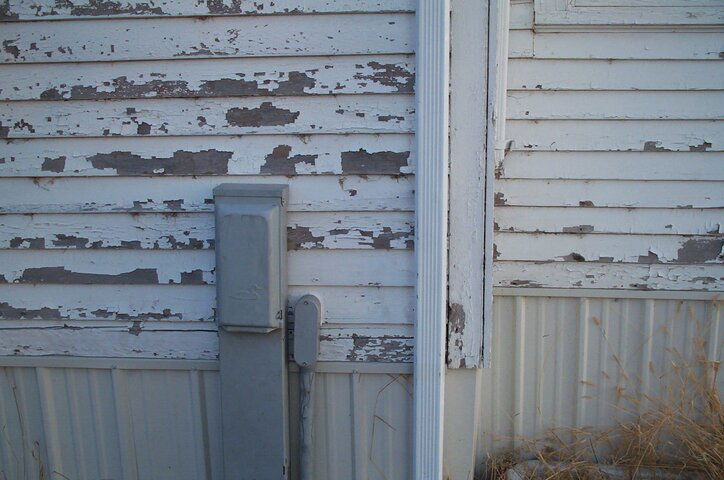Foundation????? Please, you do not mean that do you? A wall above grade OK - maybe. Or below grade into a crawl space - maybe. OLD cured concrete will be very hard to drill. Do not drill larger than you need, and plan to caulk with rodent / insect proof filler. However, an un-named relative drilled a hole at grade, through the wall into a storage area of the basement. Ran power 10-3 w/G UG. caulked and used steel wool. About six years went by and they had a small fire where rodents had chewed through the power cable into the basement and termites or carpenter ants also came in and into the floor joists. Repairs were about $22,000 on a $55,000 house. There are ways of doing it right. NMT. LBs sealants. Not a quick and easy insufficient information type of project.
Cables over head ?, underground ?, direct buried ? or in conduit ?- for starters. Holes below grade have to be in conduit to meet some codes, and above grade by 14 inches and in conduit before penetrating walls in others. Do not care about codes? Well, the insurance investigators do! Relative above had the claim completely rejected. Could have met code for less than $20 and been covered.
And I would consider having a contractor drill the hole and run the conduit through the wall, 2 inch or so, with sealable weathertite boxes inside and out. They would have the drills and other tools, know the codes, have the correct sealants etc. It would take me 3 days to do that kind of job. A good foundation working sealing contractor, maybe 2 to 3 hours. If you can come 14 inches above grade and through a wall - with rigid NMT, That is a whole lot easier.


